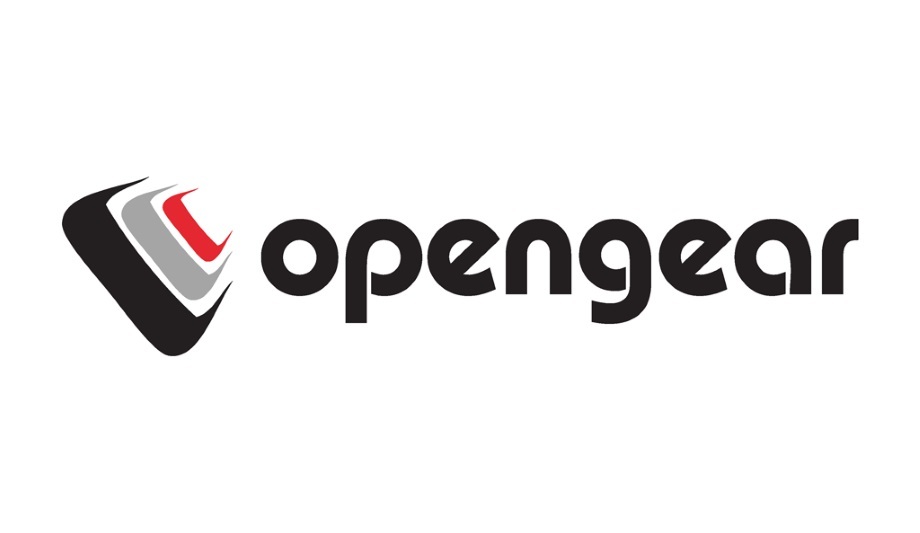Opengear, a provider of solutions that deliver secure, resilient network access and automation to critical IT infrastructure, announces its integrated NetOps Automation platform that will offer enterprises a full-featured network automation solution to significantly streamline network and infrastructure operations.
Opengear is announcing the beta availability of the solution at Cisco Live, Cisco’s annual IT and communications conference, held June 10-14 in Orlando, Florida. Attendees are invited to learn more by visiting Opengear at booth #1527.
NetOps Automation platform
As the popularity and adoption of NetOps evolves, its inherent network virtualization carries increased risk to data center infrastructure and heightens the need to correctly provision, configure, remediate, and automate distributed networks.
With the NetOps Automation platform, Opengear builds on its cellular-enabled out-of-band access, monitoring, and remediation to now provide secure, automated, and vendor-neutral network provisioning, remote configuration, and orchestration purpose-built for NetOps use cases.
The NetOps Automation platform leverages expanded capabilities within Opengear’s award-winning Lighthouse 5 centralized management system, and a growing array of NetOps module applications. It also introduces the new OM2000 Operations Manager, in combination with Opengear’s existing solutions for network resilience.
Opengear’s Smart OOB and Failover to Cellular technologies to reach devices even when the main network connection is down
Lighthouse 5
Opengear’s Lighthouse 5 centralized management software aggregates an organization’s entire out-of-band infrastructure, enabling local or remote users to quickly and securely access any connected console via an HTTPS web interface or SSH connection.
Opengear’s remote management solutions provide Lighthouse 5 with this access, utilizing embedded cellular connectivity within Opengear’s Smart OOB and Failover to Cellular technologies to reach devices even when the main network connection is down.
Task-specific NetOps modules
The first of Opengear’s task-specific NetOps modules – the Secure Provisioning module that allows enterprises to provision infrastructure at remote sites through an automated process and without any need for on-site technicians – is available in beta today and is targeted for general release in September 2018. Other modules will follow.
The NetOps Automation platform utilizes a fully open architecture, including a Git-based file repository within Lighthouse 5, Ansible integration to provide orchestration and enable automated IT workflows, a RESTful API, Docker integration, and a Linux software base.
OM2000 also allows teams to run applications on the appliance or on Lighthouse 5 using Docker containers
OM2000 Operations Manager
With the OM2000 Operations Manager, Opengear is introducing the first appliance specifically designed to address the unique challenges created by the evolution of NetOps practices. The central feature of the OM2000 is a cryptographic TPM chip that ensures security by detecting and preventing tampering with the hardware, firmware, software, configurations, or VPN keys. The OM2000 also allows teams to run applications on the appliance or on Lighthouse 5 using Docker containers, which make it easy to deploy and run applications at the network edge.
“The NetOps Automation platform is designed to give enterprises with large networks a clear, reliable, and secure way to achieve full network automation every single time, and avoid the need for experienced network staff at every location” said Marcio Saito, CTO, Opengear.
“By combining Lighthouse 5, the OM2000 Operations Manager and our Secure Provisioning NetOps module, along with standard Opengear appliances, businesses can now ship critical hardware to locations with no IT staff or network connectivity.”
“They can then connect to it via the embedded cellular connection, and manage automated provisioning that gets that site up and running with no further intervention required. We believe this will give many more organizations what they need to vastly simplify their network and infrastructure operations.”
From facial recognition to LiDAR, explore the innovations redefining gaming surveillance
























